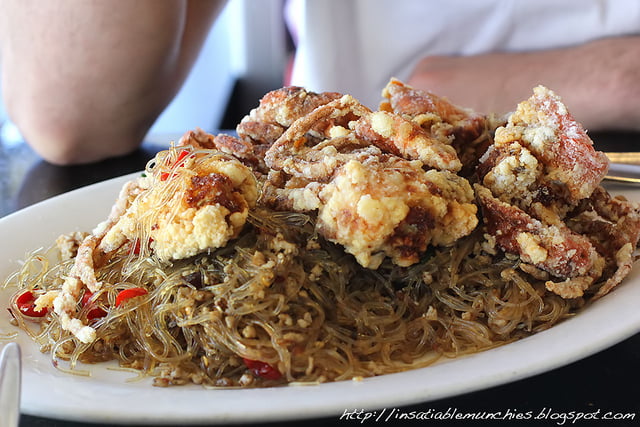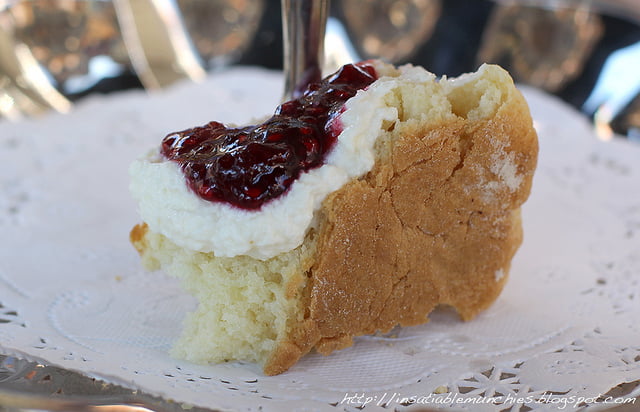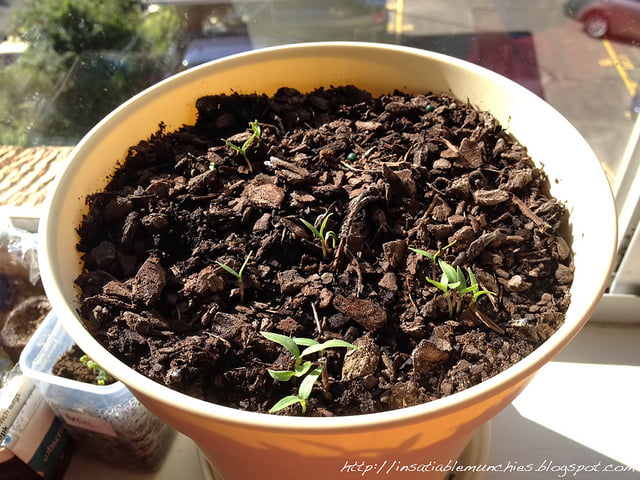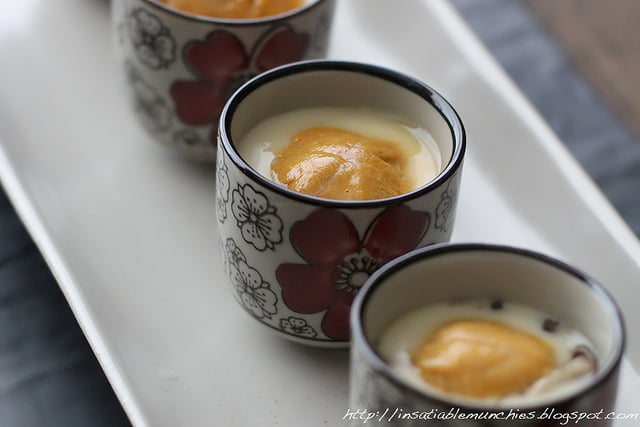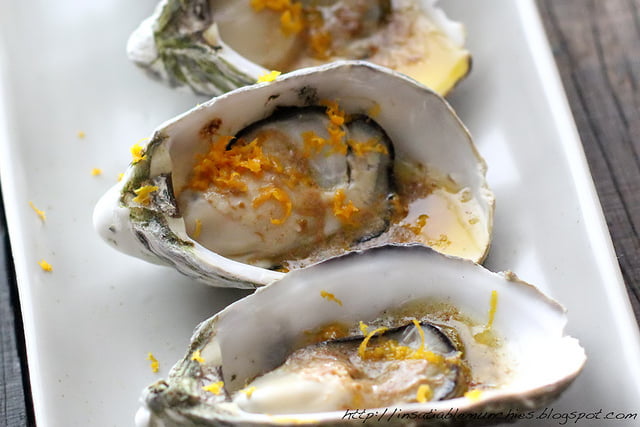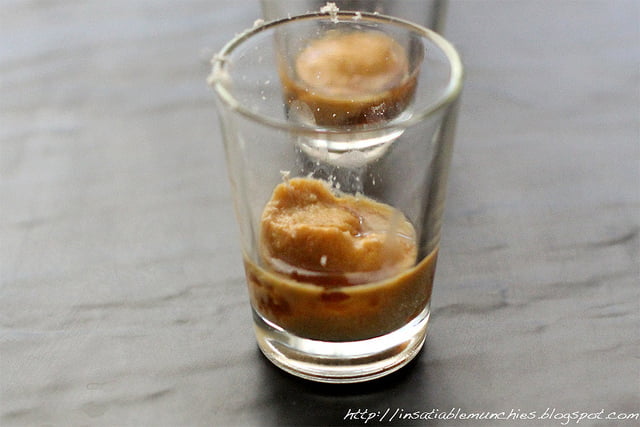Sometimes you want a change. Sometimes you want something new. And sometimes, you want familiar, comforting food in a new environment.
And that’s how we ended up at Ginger & Shallots. Every time I passed by this bustling, always-busy restaurant, I see fresh hot food getting brought out to tables of happy families and friends. Safe choice right?
More than safe, it turns out. The food was indeed hot, fresh, and incredibly tasty.
After reading a few reviews, I ordered the salt and pepper squid as a base comparison. It was fresh and crispy, but just very slightly under salted when you compare it to places like golden century.
What was really nice though, was the Soft Shell Crab Vermicelli with X.O. Sauce.
Soft shell crab, $24.90
When I first saw this dish, I thought that it would be overpriced and not as satisfying. Boy, was I wrong. The portion is massive, and would have been more than enough for the both of us for lunch, without the salt and pepper squid. It was flavourful, crispy and well seasoned. I love the springy texture of the stir fried vermicelli, and it brought back old food memories in all the best ways.
Service-wise, the staff can get bowled over by the sheer amount of customers, but they are quite efficient once you get their attention, and there’s a very no-nonsense attitude to it. It was a really enjoyable lunch, and their specials look worth trying out the next time. I thoroughly enjoyed myself.
We ate at:
Ginger and Shallots Chinese Cuisine
02 9874 8066
Shop 25/1 Lakeside Rd Eastwood, NSW
